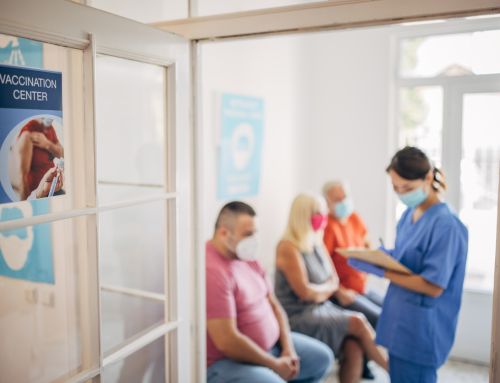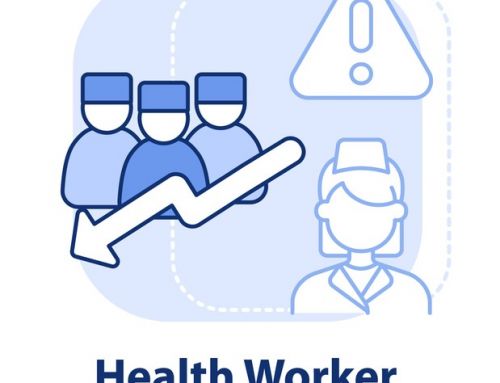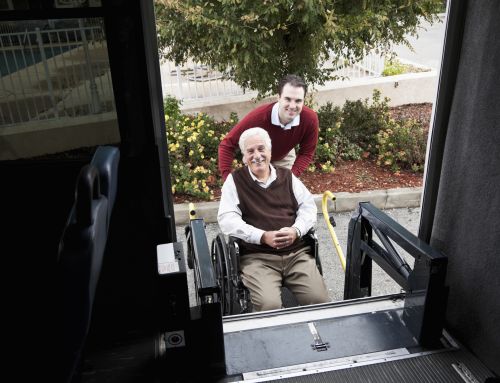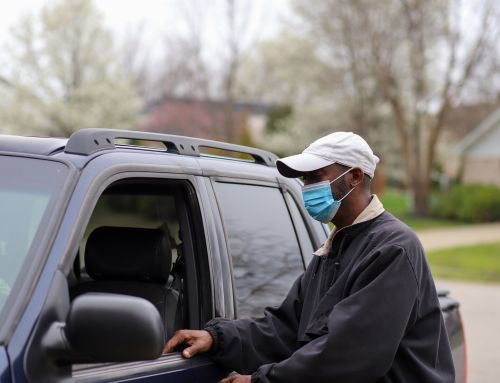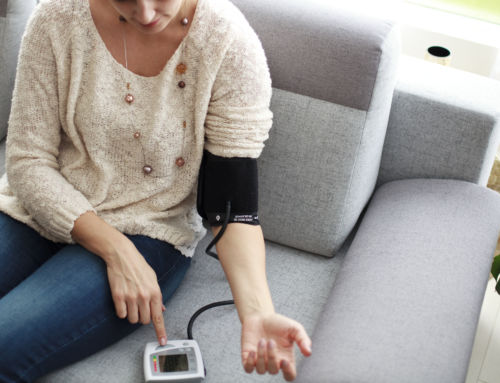February 24, 2012
Jonathan Blum
Deputy Administrator and Director for the Center of Medicare
Centers for Medicare and Medicaid Services
Department of Health and Human Services
Room 314G
200 Independence Avenue, SW
Washington, DC 20201
Re: Time and Distance Criteria for Outpatient Dialysis
Dear Mr. Blum:
As the nation’s leading kidney disease and dialysis patient advocacy organizations, we appreciate the opportunity to provide comments on the recent changes to the Time and Distance Criteria for Outpatient Dialysis.
Each year in the United States, more than 100,000 Americans are diagnosed with end stage renal disease (ESRD), an irreversible condition which is fatal without a kidney transplant or lifesaving dialysis treatments. Currently, more than 485,000 Americans suffer from ESRD and 341,000 are on dialysis, a number that is expected to double over the next decade. With most ESRD patients requiring dialysis treatment three times a week, access to facilities is key to ensuring treatment adherence, positive health outcomes and a high quality of life. For beneficiaries across the country, having a treatment center of choice within a reasonable distance can mean the difference between life and death.
To that end, we appreciate CMS’ willingness to revise the Time and Distance Criteria for Outpatient Dialysis down from the CY2012 levels. We believe the maximum time and distance permitted for Medicare Advantage plans for CY2012 was unreasonably high and could be detrimental to dialysis patients. Requiring dialysis patients to drive as much as 165 minutes each way to treatments would dramatically reduce patient quality of life while threatening patient health. Therefore, we thank CMS for considering stakeholder input and revisiting the criteria for CY2013.
However, we still believe that more can and should be done. While the potential CY2013 numbers are certainly an improvement over the previous year, we urge CMS to reassess the Time and Distance Criteria for Outpatient Dialysis and consider further downward revisions for the future. According to data compiled by the Dialysis Outcomes and Practice Patterns Study (DOPPS), travel time to dialysis has a direct impact on quality of life, adherence and mortality in patients. The 2008 study, published in the American Journal of Kidney Diseases, evaluated the effect of self-reported one-way travel time to hemodialysis on mortality, health-related quality of life, adherence, withdrawal from dialysis therapy, hospitalization, and transplantation. The study concluded that longer travel time is associated significantly with greater mortality risk and decreased health-related quality of life. In fact, the study showed that quality of life was greatly diminished for those patients who travel longer than 15 minutes to their clinics.(1)
Due to this evidence, we strongly urge CMS to revise the Time and Distance Criteria to no more than 15 minutes or 15 miles for dialysis patients in micro categories. We believe this target will provide the best health outcomes for patients, reducing mortality rates and the need for costly emergency interventions. While we believe 15 minutes/miles should be the ideal target for all dialysis patients across the county, we understand the accommodations that need to be made for the rural and counties with extreme access considerations (CEAC) categories. For this, we urge CMS to look at data analyzing actual current distance and drive times for patients. These data would give CMS a greater understanding of real-life experiences facing dialysis patients.
In February 2012, DaVita analyzed average dialysis patient drive times for patients in urban, suburban and rural settings. Their analysis measured estimated drive times from patients’ home addresses to the closest dialysis facility, including both DaVita and non-DaVita facilities. The results showed that patients in urban areas traveled on average 5-8 minutes to the closest facility, patients in suburban areas traveled between 12 -22 minutes, and rural patients traveled between 30-39 minutes.(2) These target ranges, which fall well below the criteria currently set out by CMS, are more reflective of actual patient experiences and we strongly urge CMS to consider using criteria more in line with these data when making revisions in the future.
We again would like to thank CMS for its willingness to revise the CY2013 Time and Distance Criteria for Outpatient Dialysis and for its consideration of further revisions to ensure high quality care for dialysis patients in Medicare Advantage plans. As patient education and advocacy groups, we are proud to share CMS’s commitment to improving outcomes for all dialysis patients. We thank you for the opportunity to share our feedback and welcome the chance to work with you on this important issue in the future.
Sincerely,
Karen Ryals
American Association of Kidney Patients
Executive Director
LaVarne Burton
American Kidney Fund
President and Chief Executive Officer
Hrant Jamgochian, J.D., LL.M.
Dialysis Patient Citizens
Executive Director
Dori Schatell
Medical Education Institute
Executive Director
Lynda A. Szczech, MD
National Kidney Foundation
President
Lori Hartwell
Renal Support Network
President
cc: Kathryn Coleman
Sidney Lindenberg
Deanna Greene
Kimberly August
1. [Moist LM, Bragg-Gresham JL, Pisoni RL, Saran R, Akiba T, Jacobson SH, Fukuhara S, Mapes DL, Rayner HC, Saito A, Port FK. Travel time to dialysis as a predictor of health-related quality of life, adherence, and mortality: The Dialysis Outcomes and Practice Patterns Study (DOPPS). Am J Kidney Dis 2008; 51(4): 641-650]
2. More information available upon request



